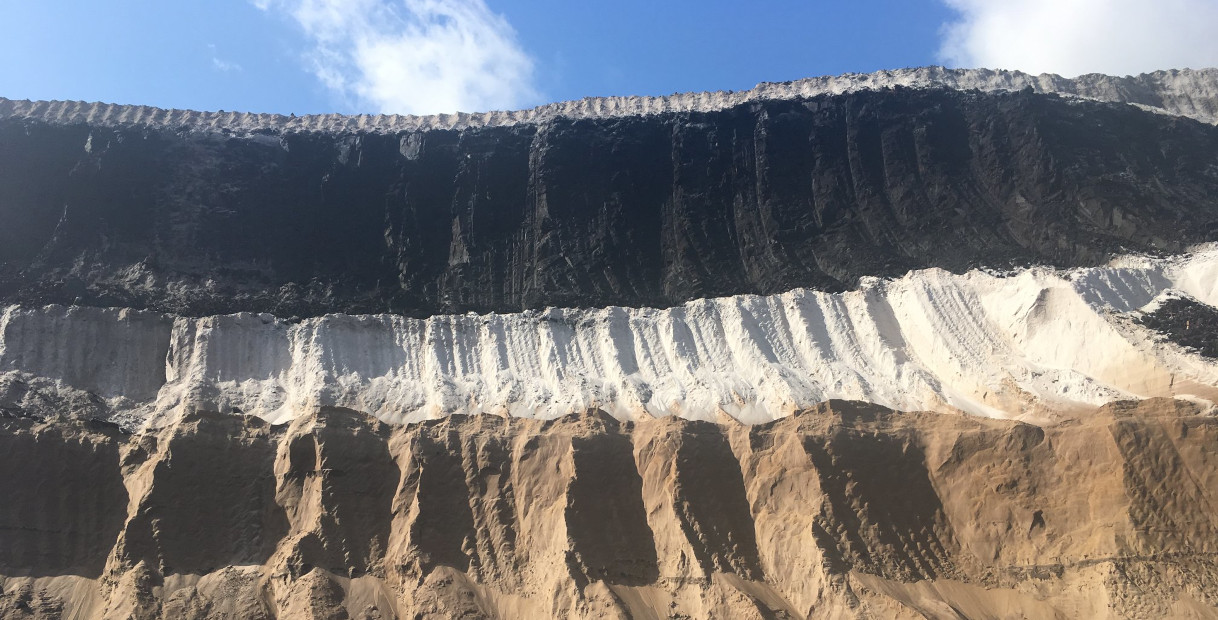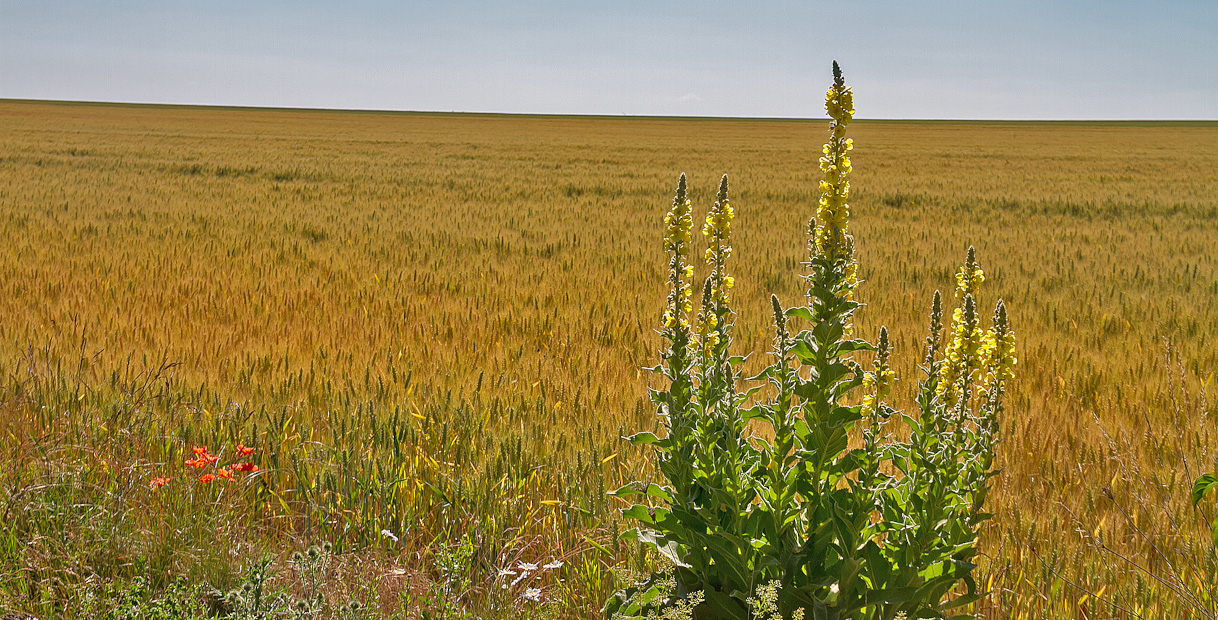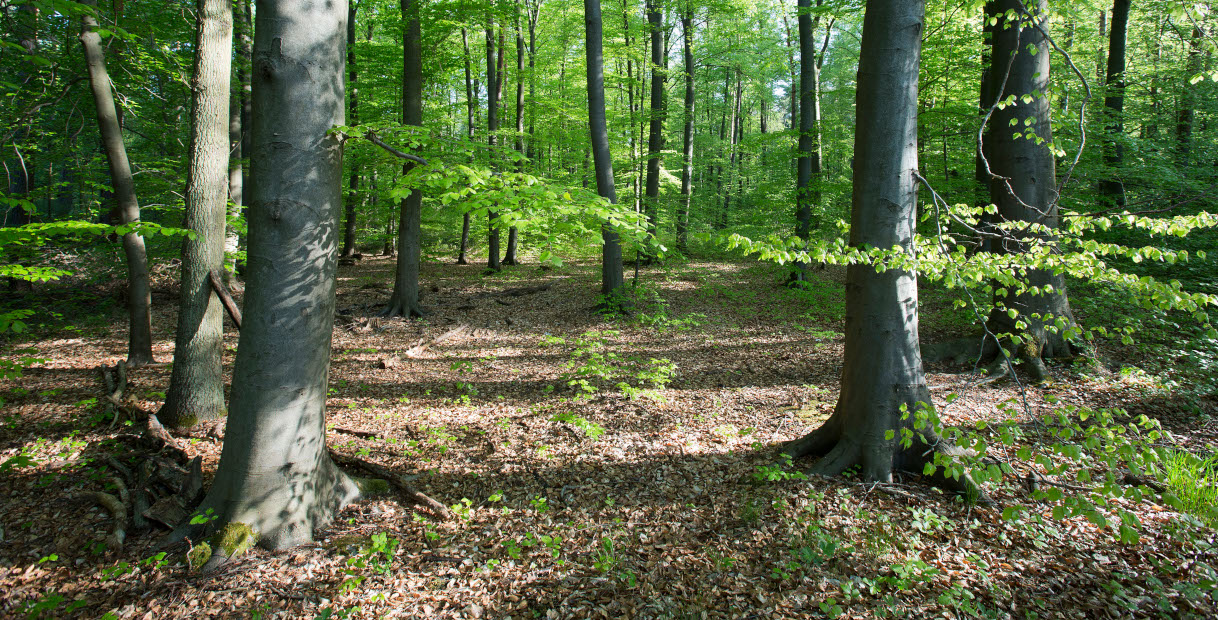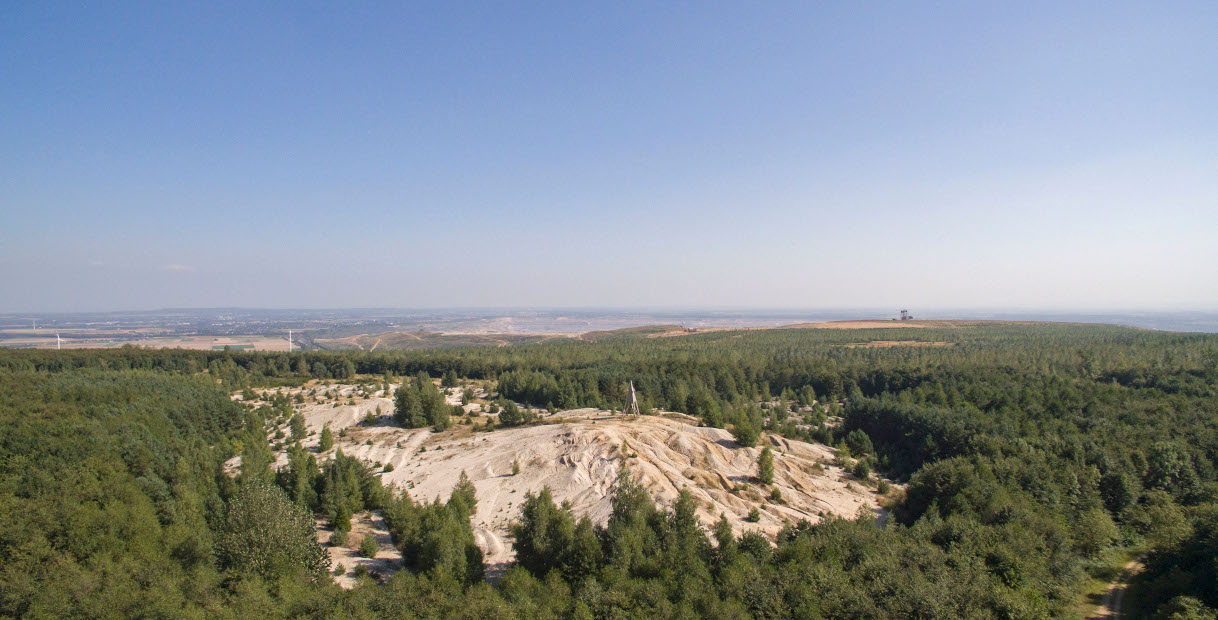
Recultivation process
The open areas of the opencast mines from which lignite was mined at depths up to 450m form the starting point for recultivation. Designing the new landscape begins with dumping planning in the opencast mine. This establishes the foundation for good and diverse recultivation. First the loose sediments (loess, sand, clay and so on) overlying the coal are neatly separated during mining as they are picked up and removed from the strata using bucket-wheel excavators. The substrates are then transported to the recultivation side on belt conveyors and immediately put into place, generally within an hour. Here, spreaders initially dump clay, sand and gravel into the depleted mining areas to backfill the opencast mine. A drainage layer of material permeable to water is then placed on top and the upper soil substrate is dumped. Embankments and depressions are shaped as naturally as possible today, meaning they are as irregular as nature itself. The opencast mine moves through the landscape with this opencast mining technique. New recultivated landscapes are constantly created in parallel with coal mining.
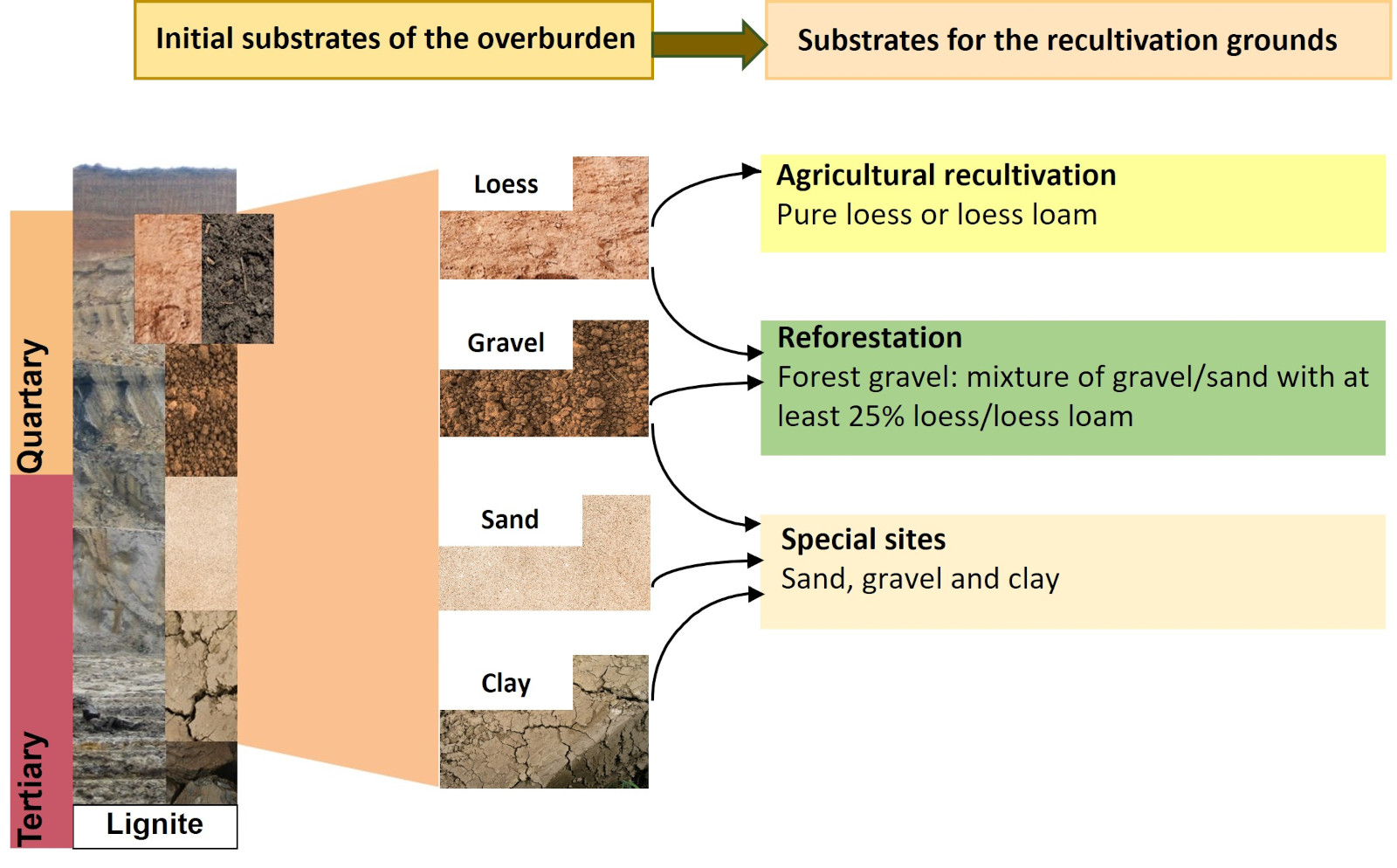
Varied sites support a diversity of species!
A varied landscape can be created by systematically placing the various sediments as the uppermost soil substrate. Various materials in opencast mining can form the basis for site diversity and therefore be the key to the diversity of species.
Further optimisation measures
New habitats are created by dumping the various initial substrates. We systematically implement measures that promote biodiversity in order to help the habitats mature and make them attractive for numerous animal and plant species. This gives the new landscape the best possible start for further development.


